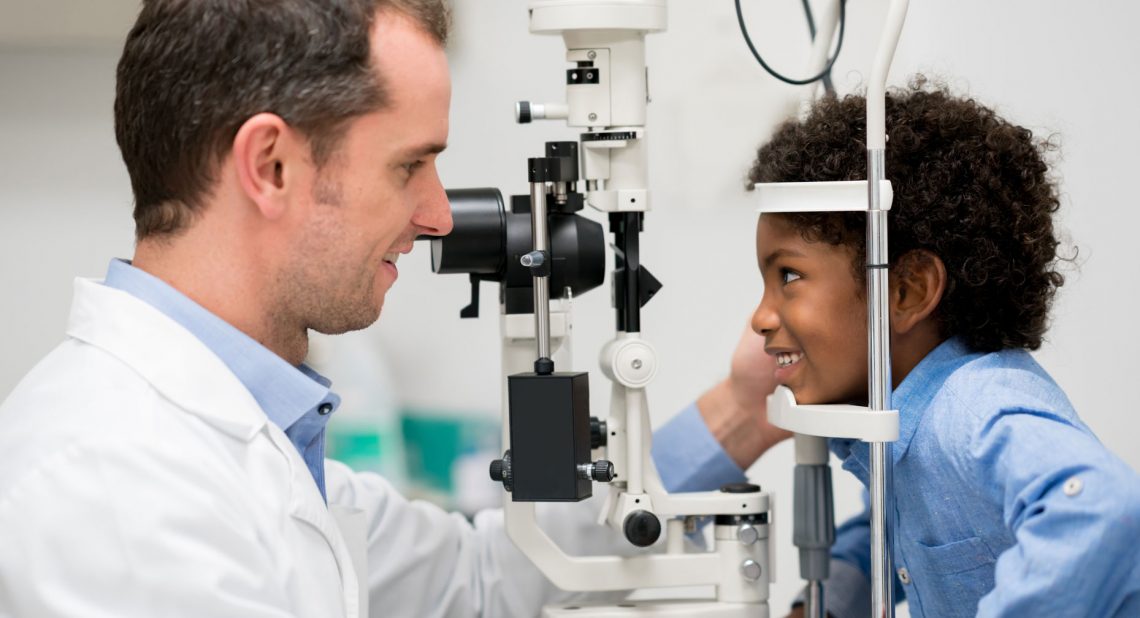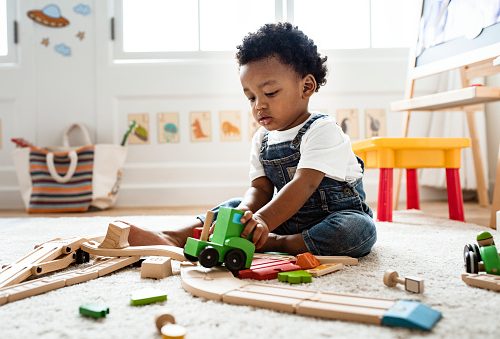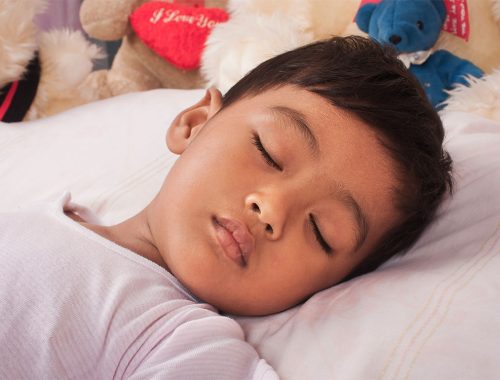
Regular Eye Examinations for Children – Why Are They So Important?
Young children, and even some adults, do not know if their vision is good or bad because what they see is normal. Some diseases affect vision but cause no symptoms, and it is only through a comprehensive eye examination that the ophthalmologist detects the presence of the disease. Another reason is that sometimes we are unaware that one eye sees less than the other because vision is binocular (two-eyed). The visual system does not fully develop if a child does not know how to distinguish between seeing the same and the same quality with each eye. Below is everything you should know about the importance of children’s eye care.
When And How Should This Assessment Be Done?

It is essential to check children’s vision at birth, infancy, pre-school age, and school age. A qualified ophthalmologist should carry out these examinations. You can bring your kids for a routine check at Valley Vision. They are staffed by experienced specialists who will diagnose, treat, and prevent disorders of the eyes and find a solution to your children’s vision defects. The American Academy of Ophthalmology and the American Association of Pediatric Ophthalmology and Strabismus offer the following tests:
In Newborns: a well-trained ophthalmologist should examine the newborn’s eyes and perform a test for red reflexes (a primary indicator that the eyes are normal). If the baby was premature (born before 37 weeks gestation) and was using oxygen, they should be evaluated one month after birth. If the child is at high risk of medical problems for other reasons, has signs of abnormalities, or has a family history of severe visual impairment in infancy.
In Infants: an ophthalmologist should perform a second ophthalmological evaluation at six months and one year.
In Pre-School Children: between 3 and 3.5 years of age, your child’s vision and eye position should be assessed by an ophthalmologist. Visual acuity should be checked as soon as your child is old enough to cooperate with the examination using the visual acuity chart. Photographic screening is another way of checking visual acuity that does not require the child to cooperate with the test. Each of these two testing methods determines whether the child can normally focus at distant, intermediate and near distances. Many children tend to be farsighted but see clearly at other distances. Most children do not need glasses or any other form of vision correction. Suppose problems with the direction of the eye (strabismus), “lazy eyes” (amblyopia), refractive errors (myopia, hyperopia, astigmatism) or other focusing problems are suspected at the first examination. In that case, the child should be thoroughly examined by an ophthalmologist. It is essential to start treatment as early as possible to ensure successful vision correction and lifelong benefits.
School-Age Children: when they start school, or when problems are suspected, children’s eyes should be checked for visual acuity and direction of vision. An ophthalmologist should do this examination. Myopia is the most common refractive error in this age group and can be corrected with glasses. If an alignment problem or other eye problems are suspected, an ophthalmologist should examine the child.
What Is The Difference Between An Eye Examination And A Vision Test?

Unlike an eye examination, a comprehensive eye test can make it easier to diagnose vision problems. The drops dilate the pupil, allowing a more thorough examination of the general condition of the eye and visual system. The American Academy of Ophthalmology recommends that parents have a comprehensive eye exam if:
- The child has a problem with the eye exam,
- If the eye exam fails or cannot be completed,
- If referred by a pediatrician or school nurse,
- If your child has vision-related problems, has unusual visual behaviour, or is at risk of developing eye problems. Children with medical conditions (e.g., Down’s syndrome, prematurity, juvenile idiopathic arthritis, neurofibromatosis) or a family history of amblyopia, strabismus, retinoblastoma, congenital cataract or congenital glaucoma are at increased risk of developing childhood eye problems,
- If the child has a learning disability, a developmental delay, a neuropsychological condition or a behavioural problem
You May Also Like

8 Essential Nutritional Requirements For Your Infant
2022-07-01
Tips for Creating a Child-Friendly Living Room
2022-01-20

